Email marketing is one of the most lucrative campaign marketing strategies in today’s world. But to know how successful your campaign is working depends on how elaborately you track email marketing KPIs (key performance indicators). Your email marketing strategy is strictly incomplete without monitoring it. This blog will take you through the measurement processes of the most important KPIs for email marketing.
KPIs in email marketing
The KPIs are a measurable value of several key elements in how effectively an organization achieves its core business objectives. The term is used in email marketing to track the performance of various email marketing aspects of a campaign email. KPIs are countable numbers/percentages to indicate how well your email marketing strategy works. That’s why you need to monitor them to determine the success rate of your email marketing campaign. Measuring them will help you optimize your email campaign & place yourself robust in this competitive market.
How to measure the KPIs for email marketing
Email marketing KPIs primarily rely on a couple of critical elements. All of these elements need to be measured carefully. You can successfully grow your email marketing strategy if you calculate them correctly. So, here are the following critical elements of KPI for email marketing –
- Bounce rate
- Delivery rate
- Open rate
- Click-through rate
- Unsubscribe rate
- Spam rate
- List growth rate
- Conversion rate
- Overall ROI
All these metrics should be tracked and included in the email marketing report to optimize your overall email marketing strategy.
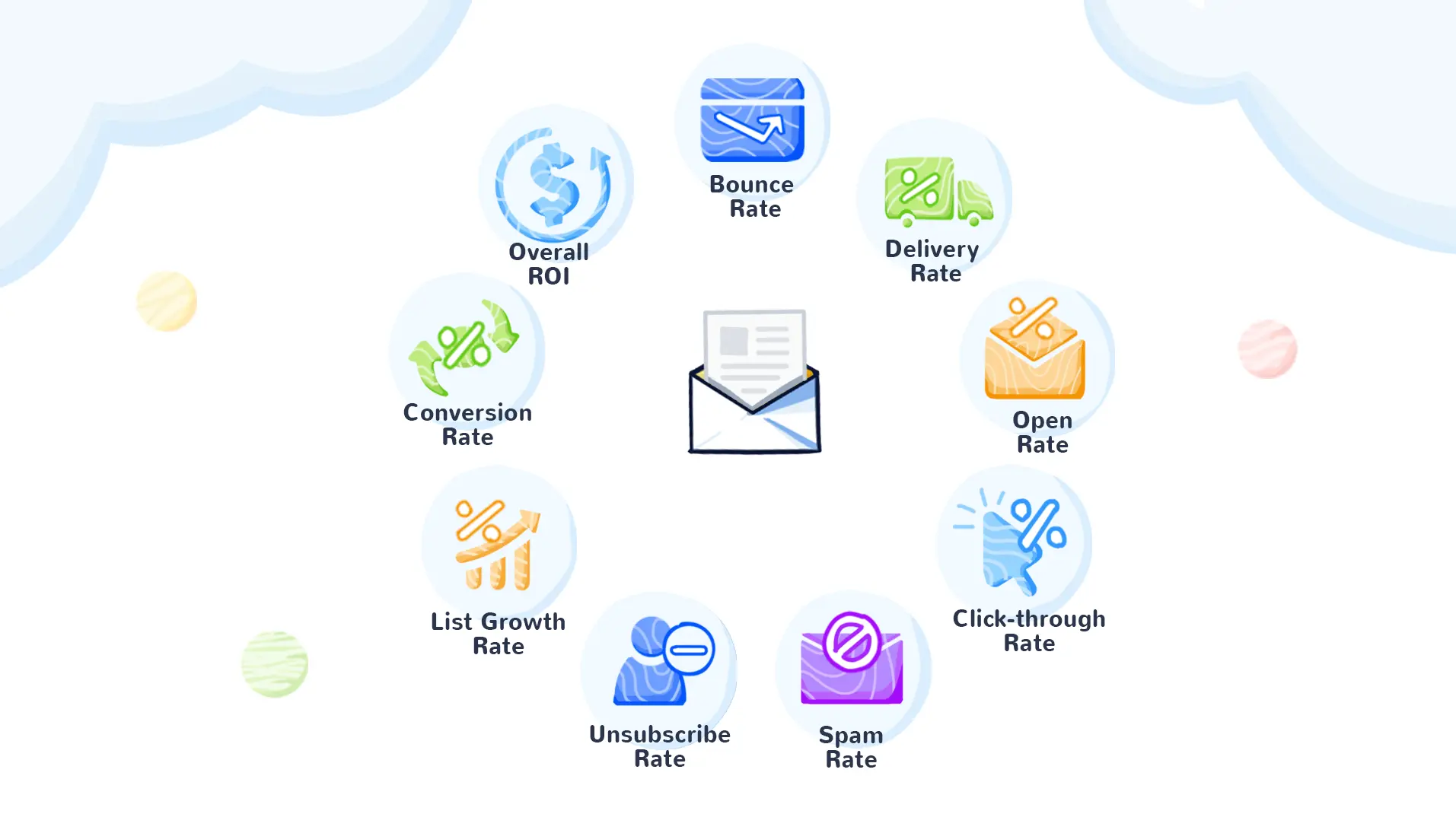
Bounce rate
At the very beginning, you have to check your email bounce rate. If your email bounces back to you without delivering correctly, all other KPIs elements will be affected gradually. Therefore you have to reduce the rate by any means necessary.
According to Amazon SES FAQs guidelines, they recommend maintaining the bounce rate under 2%. But within 5% is also acceptable. When it reaches 10%, they might temporarily pause your account activities.
We are all aware that there are two types of bounces: soft and hard. Both of them have a massive impact on your email marketing campaign deliverability. Although, hard bounce is way more harmful than soft bounce. So, you need to figure out what email bounce you have faced. As email bounce rate is a very crucial matter, you can visit this blog to get a clear understanding.
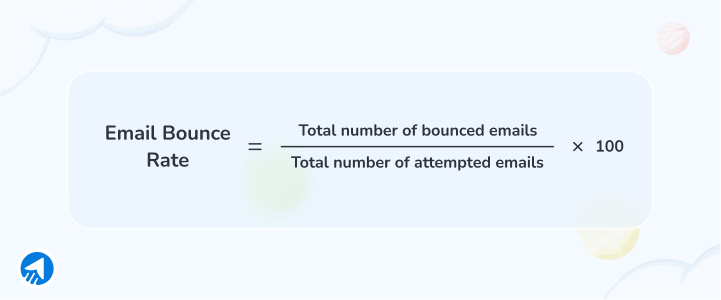
Delivery rate
You should monitor your email delivery rate when sending an email campaign to your subscriber. Several KPIs depend on email delivery rate. When your email delivery rate is low, it is alarming. It is greatly appreciated as the email delivery rate is close to a hundred percent.
That’s why it is your email campaign’s second most essential KPI element. In terms of doing bulk email marketing, it is compulsory to measure the delivery rate of your campaign. The process is not that difficult.
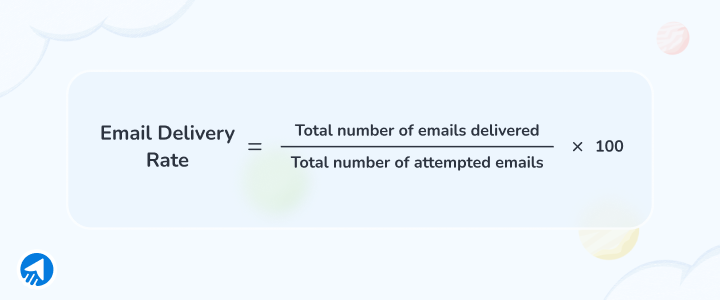
Open rate
You are in the initial part of KPIs for your email marketing, as you need to track more deeply. Apart from email bounce and delivery rate. The open rate is way more acceptable. Suppose your subscriber is not interested in opening your email. Then it may affect your marketing campaign very hard if you do not change your campaign strategy.
So, simply reaching your subscriber’s inbox is not enough. Many subscribers do not open an email to see it. Your first objective is to make your subscriber open your email. Therefore, you should measure your email open rate. However, in terms of measuring the open rate, there is a strong obligation by Apple Mail Privacy Protection. So be aware of it.
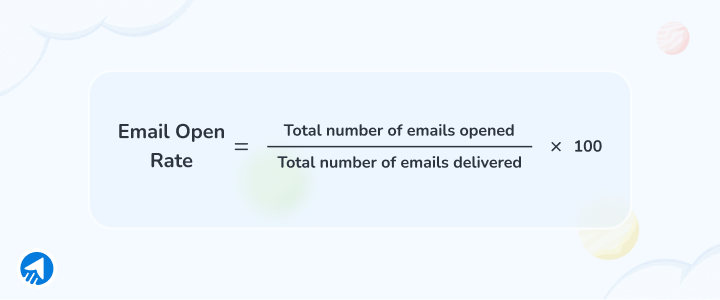
Click-through rate (CTR)
In your email campaign, there is a high chance that you may put links or images. Attaching a link sometimes adds value to your email. But it should be relevant and appropriate.
Therefore, you must track the click rate on your provided links or images. Because if your subscriber opened your email but did not click much. Then, it will indicate a low engagement of your subscribers in your email campaign.
However, MailBluster strongly recommends measuring the click-through rate instead of the open rate because Apple recently changed its mail privacy protection policy.
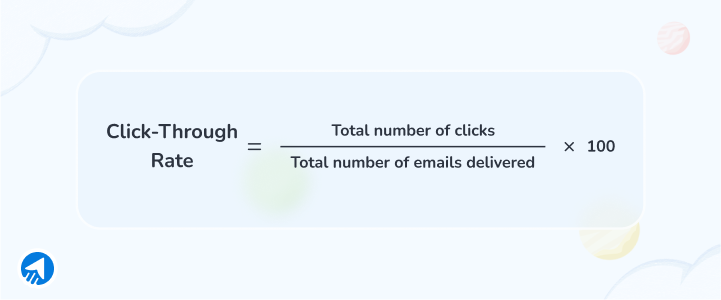
Unsubscribe rate
The term ‘unsubscribe’ sounds a bit scary. But to improve your email marketing strategy, you must know your unsubscribe rate. Many subscribers may unsubscribe from your service as they are not interested in your email. So, by understanding the exact score of the unsubscribed emails. You can redesign your marketing campaign strategy.
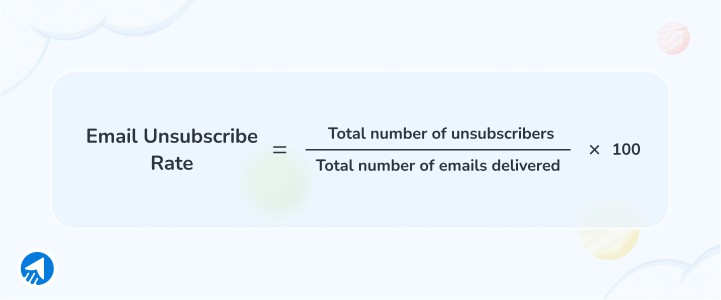
Spam rate
Measuring the spam rate in conjunction with your unsubscribe rate is essential. When your subscriber unsubscribes you, they might report your email as spam. From the subscribers’ perspective, blocking an email is far easier than unsubscribing from the service.
Furthermore, Amazon SES suggests that you keep your spam complaint rate below 0.1 %. They may also freeze your account’s activities if the rate exceeds 0.5 %.
So you need to monitor your spam complaint rate too. It helps you to know whether your subscribers are happy with your content or not.
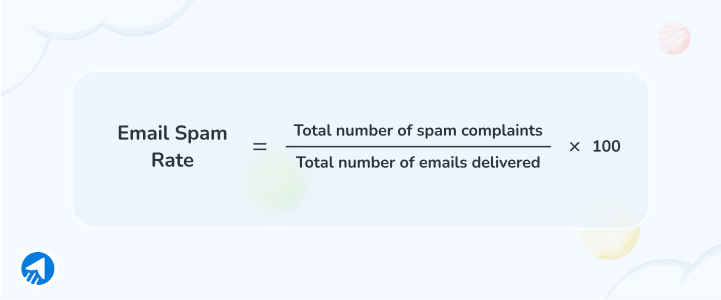
List growth rate
Another important KPI is the list growth rate. List growth rate indicates at what rate your subscribers are growing. More narrowly, through list growth rate, you can know the growth rate of your email list. That’s why monitoring your list growth rate is needed.
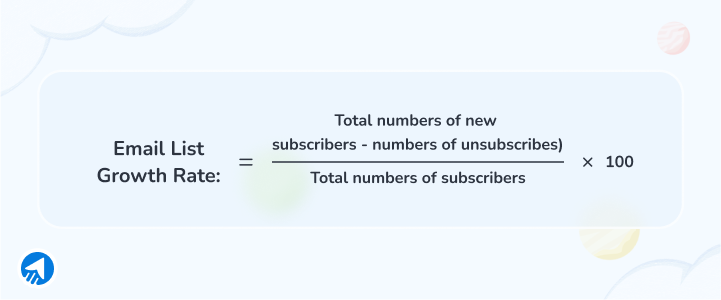
Conversion rate
Every email campaign aims to get readers to sign up for something, sell something, advertise, click the blog, etc. So, your conversion rate will be the percentage of subscribers who receive your email campaign and complete the campaign’s objective. Knowing the conversion rate is mandatory when you want to examine whether your email campaign is meeting the goal or not.
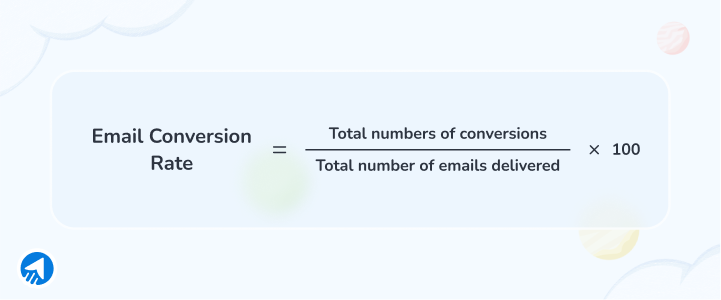
Overall Return-On-Investment (ROI)
By measuring ROI, you can understand how much revenue you can generate from your email marketing campaign. More specifically, ROI will tell you whether your overall email campaign marketing effort is profitable or not. Additionally, your ROI also indicates how cost-efficient your email marketing tool is.
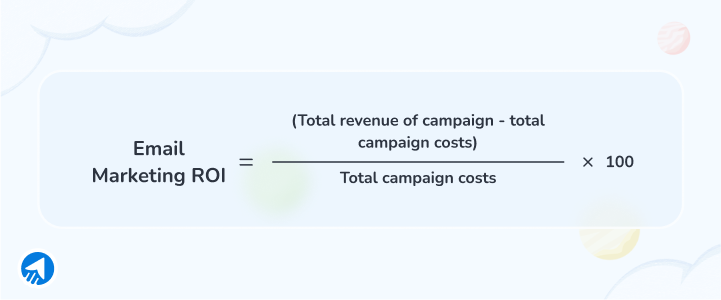
Why do you need to track email marketing KPIs?
This question might have come to your mind many times. Tracking these nine essential email marketing KPIs is very crucial. Here’s why they are beneficial –
- You can keep your email bounce rate under control.
- The tracking will assist you in increasing the deliverability rate of your campaigns.
- It will also increase the open and click-through rates of your email campaigns.
- You may be able to reduce the number of unsubscribes.
- You can reduce the number of spam reports and complaints you get.
- You can determine the growth rate of your email campaign.
- Moreover, you may generate a healthy conversion rate for your email marketing campaigns.
- Last but not least, you may calculate the ROI of your email campaign to determine its profitability.
Each KPIs element has a significant impact on the others, as all of them are interrelated. For example, when your email bounce rate is high, your email conversion rate will be low. So, keeping track of all these elements is very important.
Conclusion
Ideally, each KPIs element for email will reflect your marketing approach gradually. It might seem minor at the beginning. But to ensure the future success rate of your email marketing campaigns, you should consider all the elements mentioned here. Maintaining a good score on your KPIs gives you a high chance to boost your email campaign rapidly. It assists you in understanding your subscriber’s behavior. Although, it is quite a challenge to calculate all those nine individual elements for any beginner in email marketing. Even for an experienced marketer, it might sound like a time-consuming process, but it is not. Therefore, if you plan to use a proper email marketing tool, you will get dependable assistance. Like, with MailBluster, you can get the required KPIs result of your email campaign into a single report. Check out this video to learn how to get that single report after sending an email campaign.



 Contents
Contents
